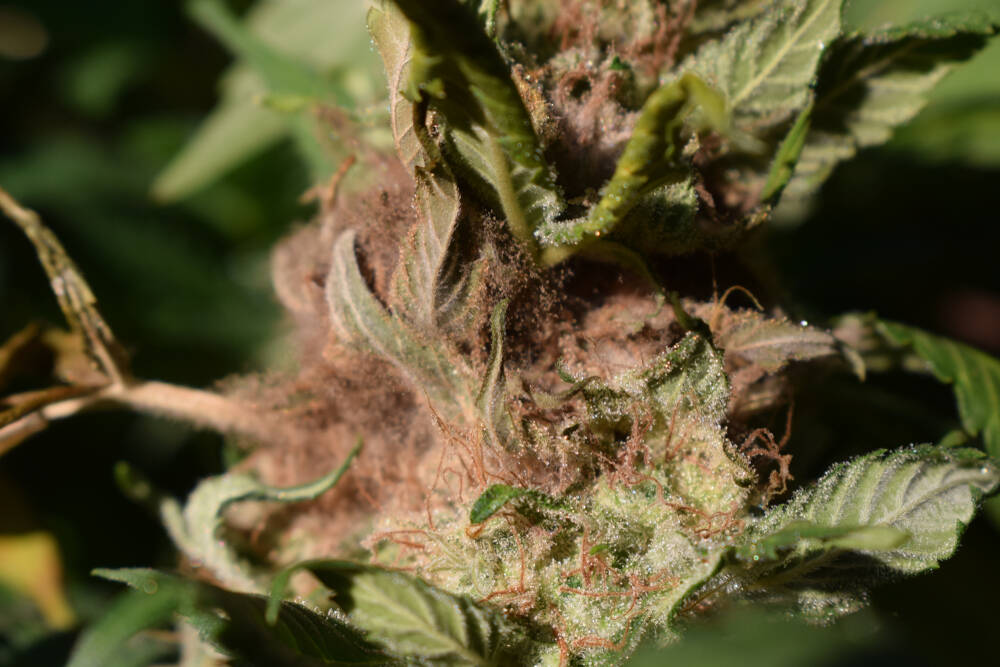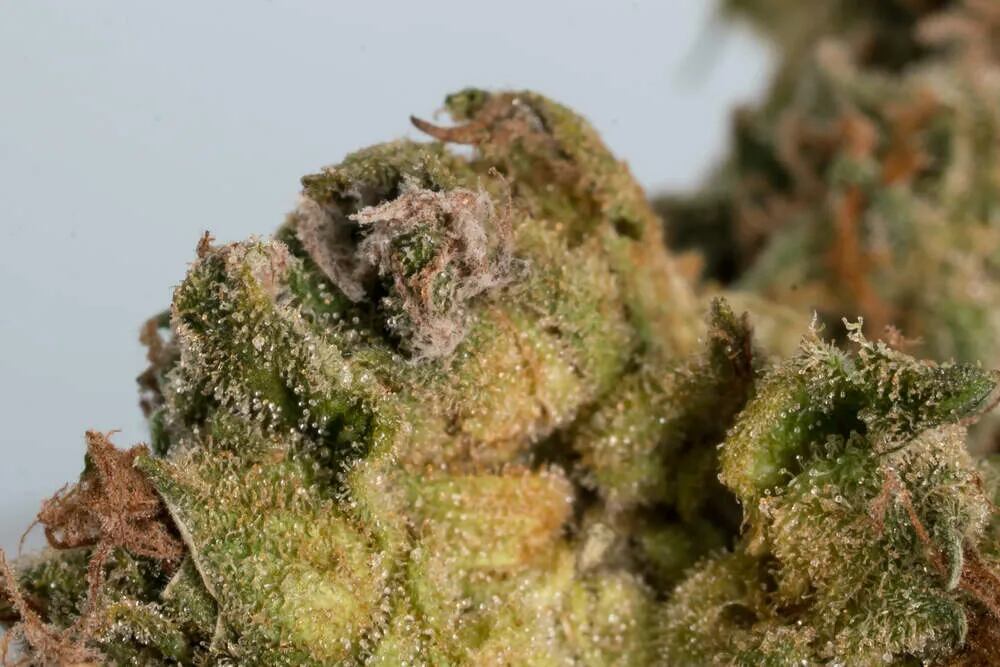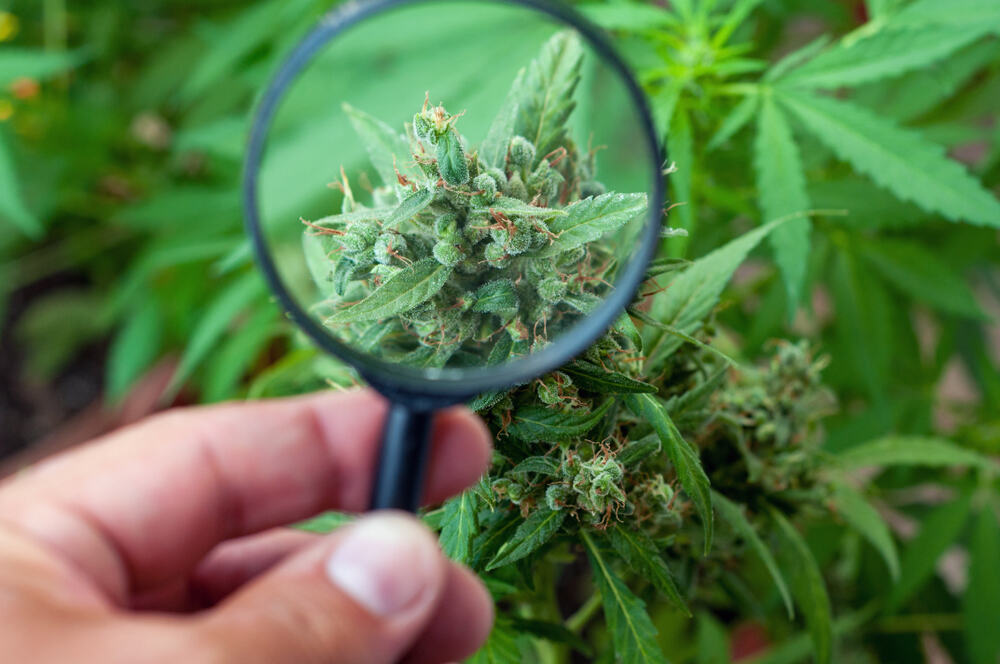The Best Fluffy Pancakes recipe you will fall in love with. Full of tips and tricks to help you make the best pancakes.

How to Identify and Treat Bud Rot
Bud rot is one of those sneaky little problems that can mess up your whole grow. You can be doing everything right, and then one day you notice some funky-looking buds—what you’ve got there is the dreaded bud rot. If you’re wondering how to identify it early and stop it from spreading, you’re in the right place. Let’s break it down so you can learn how to prevent it and treat it if it shows up.
What is Bud Rot?
Bud rot, or Botrytis cinerea, is a sneaky fungal disease that infects your marijuana plants from the inside out. This nasty fungus thrives in environments with high humidity and poor air circulation. Once it takes hold, it can ruin your weed in no time.
Understanding Botrytis Cinerea (the fungus causing bud rot)
The fungus causing bud rot is Botrytis cinerea. It’s not just cannabis that suffers—this fungus also affects strawberries, grapes, and other plants. For cannabis, the fungus settles in dense buds where moisture is trapped, and before you know it, your once-healthy buds are rotting from the inside.
How Bud Rot Spreads
Botrytis spreads through spores, which are tiny and can travel on the wind, with water, or even on your tools. Once the spores land on a vulnerable part of the plant—like a bud that’s a bit too moist—it starts its dirty work, rotting your buds from the inside out. It’s like the mold is on a mission to destroy your crop, and it doesn’t need much encouragement to spread.
Why Bud Rot is a Major Concern for Cannabis Cultivators
Bud rot isn’t just a minor inconvenience—it can wipe out your entire marijuana harvest if you’re not careful. The problem is, by the time you spot it, the infection may have already spread to other plants. And worst of all, you can’t smoke buds that have been infected. Not only will it taste awful, but it’s also a health hazard.
How to Identify Bud Rot in Cannabis Plants

When you’re growing weed, identifying bud rot early can save you a lot of heartache. The earlier you catch it, the more plants you can save.
Early Signs of Bud Rot
In the early stages, bud rot is pretty easy to miss. The outside of the bud might look normal, but inside, things are getting ugly. Some telltale signs include gray or brown spots, mushy textures, or leaves around the bud turning yellow and wilting.
Common Symptoms to Look for in Buds, Leaves, and Colas
- Buds: You’ll notice that infected buds start to dry out and crumble easily. They may also change color to gray or brown.
- Leaves: Leaves near the infected buds may turn yellow or purple and fall off.
- Colas: The colas (big main buds) will often look dark and slimy, and can even smell off. If the cola comes apart easily when touched, that’s a red flag.
How to Distinguish Bud Rot from Other Plant Issues
Bud rot is unique in how it affects the buds specifically, rather than just the leaves. While nutrient deficiencies or overwatering can cause yellow leaves, bud rot will also give you those telltale gray, brown, or even purple patches inside the buds. If you break open a bud and see a powdery mold, it’s a fungal infection.
Tools You Can Use for Detecting Bud Rot (magnifying glasses, loupes)

A magnifying glass or a jeweler’s loupe can be your best friend when it comes to spotting bud rot. These tools let you get up close and personal with your buds, so you can catch those tiny spots of mold before they spread.
What Causes Bud Rot?
Bud rot thrives when your grow environment is too humid or when air circulation isn’t up to scratch.
Environmental Factors (humidity, temperature, and airflow)
Bud rot loves moisture, so high humidity levels—especially above 50%—are a big factor. If your plants don’t get enough air circulation, the trapped moisture creates the perfect environment for the fungus to thrive. Bud rot is also more likely if the temperature fluctuates a lot, especially during flowering.
How Dense Buds and Poor Canopy Management Increase Risk
Bigger isn’t always better. Dense buds may look impressive, but they trap moisture more easily, making them a prime target for bud rot. Poor canopy management, like not pruning enough, can also lead to high moisture retention, creating the perfect storm for mold to settle in.
Outdoor vs. Indoor Growing Risks
Outdoor grows are more vulnerable because you can’t control the weather—rain, morning dew, and humidity all increase the risk of bud rot. Indoors, you’ve got more control, but it’s still important to manage airflow and humidity levels carefully.
How to Treat Bud Rot Once It Appears
So, you’ve spotted bud rot—what now? Unfortunately, once it starts, there’s no magic cure, but you can stop it from spreading.
Pruning Infected Parts of the Plant
As soon as you notice signs of bud rot, get those infected parts off the plant immediately. Use clean, sterilized pruning shears, and don’t forget to sterilize them again after every cut. You don’t want to accidentally spread the spores to healthy plants.
Safely Disposing of Infected Material to Prevent Spread
Don’t just toss those infected buds anywhere! Put them in a sealed plastic bag and get rid of them far away from your grow room or garden. Spores can still travel, so keep it contained.
Can Buds with Rot Be Salvaged?
Hate to break it to you, but once a bud has rot, it’s a goner. Don’t try to salvage it—smoking moldy weed is not safe and can lead to respiratory issues. It’s better to lose a few buds than risk your health.
Preventing Bud Rot
Prevention is always better than treatment when it comes to bud rot.
Control Humidity and Temperature in Grow Spaces
Keep humidity levels below 50% and aim for a steady temperature around 70-75°F. Use dehumidifiers if necessary and keep a close eye on those hygrometers. If the room gets too humid, bud rot will be ready to pounce.
Improve Air Circulation with Proper Pruning and Spacing
Good airflow is key. Space your plants properly and prune them regularly to avoid poor circulation. You want air to flow freely through the canopy, which helps keep moisture levels in check.
Effective Use of Fungicides (when and how to apply)
Fungicides can help, but timing is everything. Only use them during the vegetative stage, as spraying fungicides on flowering plants can ruin the taste and smell of your buds. If you need extra protection, copper sulfate or sulfur-based fungicides can be effective.
Selecting Mold-Resistant Cannabis Strains
Some cannabis strains are more resistant to mold than others. If you’re growing in a humid area, consider choosing strains that are known for their resilience against bud rot.
How to Prevent Bud Rot During Drying and Curing
Even after harvest, bud rot can still sneak up on you. Drying and curing are critical stages where mistakes can lead to moldy buds.
Proper Drying Room Conditions (temperature, humidity)
Keep your drying room at around 70°F with humidity levels under 50%. Good airflow is important here too, so make sure you’ve got a fan circulating the air around your buds. You don’t want any moisture to stick around.
How to Spot Mold During Drying and What to Do
Check your buds regularly during the drying process. If you spot any signs of mold—like gray, white, or brown patches—remove the affected buds immediately. If you catch it early enough, you might still be able to save the rest of the crop.
Curing Techniques to Prevent Bud Rot Post-Harvest
When curing, open your jars once a day to let out any trapped moisture. This is called “burping,” and it helps prevent mold from forming inside the jars. Make sure the buds are fully dry before you even start curing to avoid any surprises.
FAQ
What does bud rot look like?
Bud rot looks like dark, mushy spots inside the buds. Early signs include gray or brown patches, while leaves around the bud may yellow and fall off.
How can I prevent bud rot in outdoor cannabis grows?
Space your plants well, prune regularly, and grow mold-resistant strains. Avoid growing during the wet season if possible.
Is it safe to smoke cannabis with bud rot?
No. Smoking moldy cannabis can cause respiratory problems. Discard any buds that show signs of mold.
What are the best ways to increase airflow in a grow room?
Use oscillating fans, properly space your plants, and prune the lower leaves and branches to allow better air circulation.
Can neem oil help prevent bud rot?
Yes, neem oil can act as a preventive measure, especially in the vegetative stage. However, it won’t cure an existing infection.
Bud rot can be a grower’s worst nightmare, but with the right prevention methods and a sharp eye, you can keep your plants healthy. By controlling your environment and catching early signs of rot, you’ll avoid losing your precious buds to this sneaky fungus. Stay vigilant, and keep those buds mold-free!




